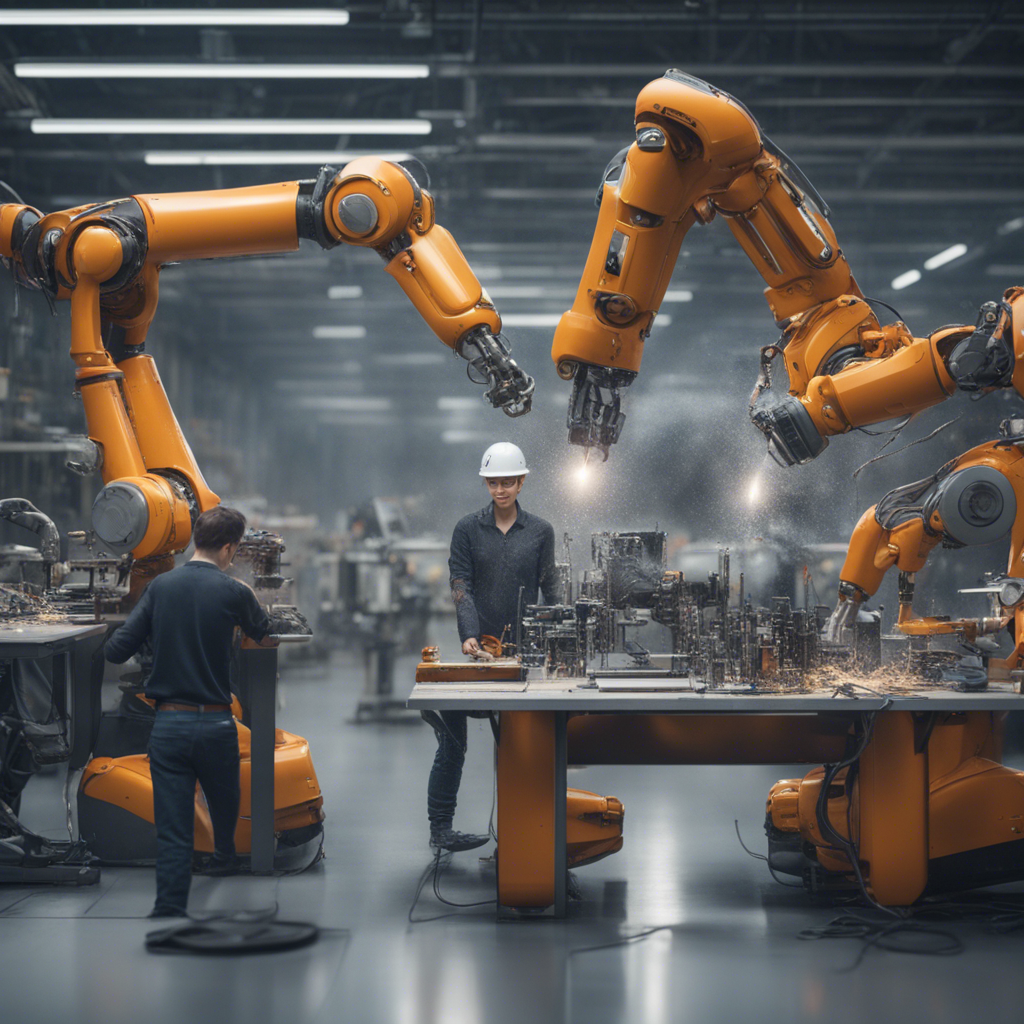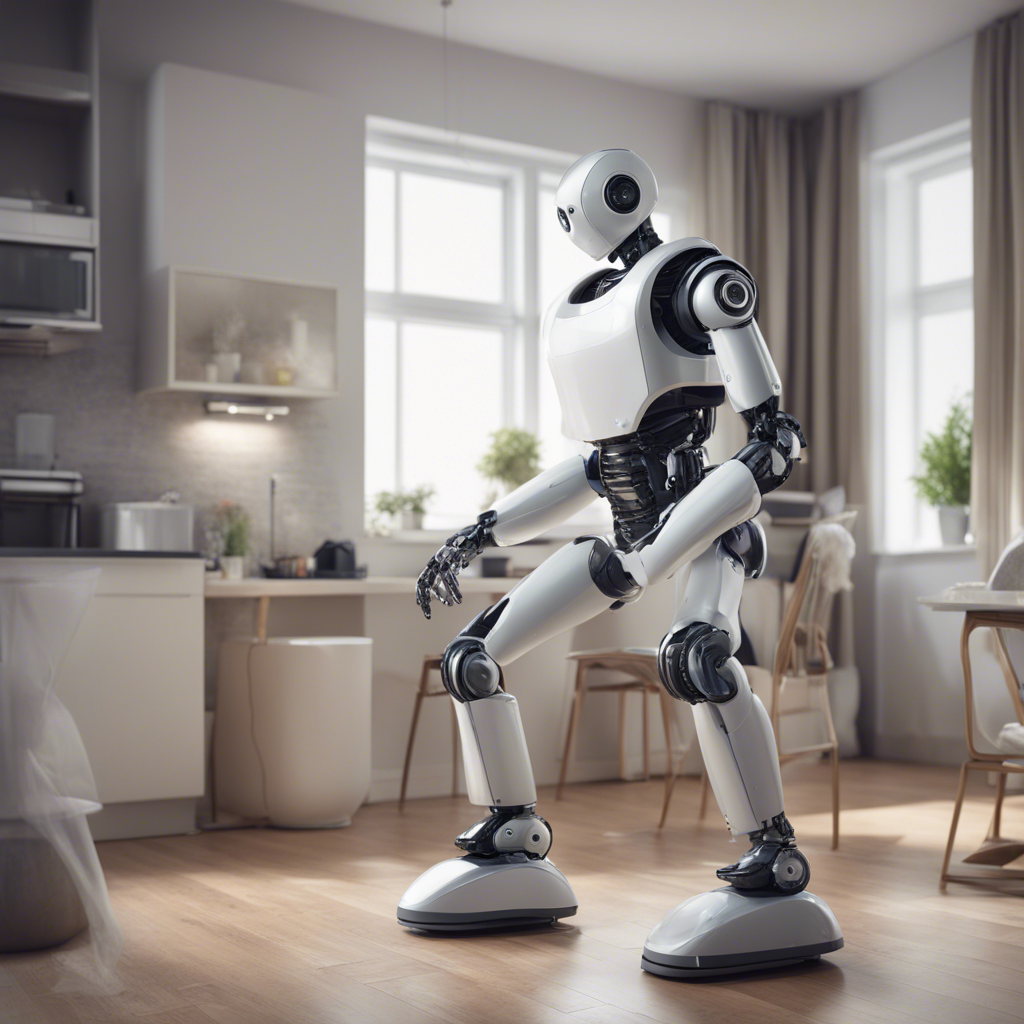
The Integration of Robots in Manufacturing: Transforming Industry 4.0
The integration of robots in manufacturing marks one of the most significant technological advancements in industrial history. Over the past few decades, this trend has evolved from simple mechanization to complex automation, transforming how factories operate worldwide. As we move deeper into the era of Industry 4.0, understanding the multifaceted role of robotics in manufacturing is crucial for businesses seeking efficiency, quality, and competitive advantage.
Understanding Robotics in Manufacturing
Robotics in manufacturing involves the deployment of programmable machines capable of performing a range of tasks traditionally done by humans. These tasks include welding, assembly, loading/unloading, painting, quality inspection, packaging, and even complex decision-making processes aided by artificial intelligence (AI).
Robots used in manufacturing can be broadly categorized as:
- Articulated Robots: Equipped with rotary joints, mimicking human arm movements.
- SCARA Robots: Ideal for high-speed pick-and-place tasks.
- Delta Robots: Known for fast, precise assembly and packaging.
- Collaborative Robots (Cobots): Designed to safely work alongside human workers.
Visual Content Suggestion:
- Infographic: Types of manufacturing robots with images and key features.
- Diagram: Workspace layout showing robots and human operators working collaboratively.
Historical Evolution and Current Trends
From Mechanization to Automation
The Industrial Revolution introduced mechanization, replacing manual labor with machines powered by water and steam. This laid the foundation for mass production.
The advent of programmable logic controllers (PLCs) and assembly line robots in the late 20th century initiated the automation wave. Today, robotics is intertwined with data analytics, machine learning, and IoT, forming the backbone of Industry 4.0.
Recent Trends in Robotic Manufacturing:
- Increased use of AI and machine learning: Enhances robot adaptability.
- Collaborative robots gaining popularity: For safer, flexible automation.
- Advancements in robot vision systems: Allowing real-time quality inspection.
- Robotics as a Service (RaaS): Enabling companies to scale robotic deployment on-demand.
Visual Content Suggestion:
- Timeline infographic: Tracing the evolution of manufacturing robots from the 1960s to present.
- Chart: Growth in global industrial robot sales over recent years.
References:
- International Federation of Robotics (IFR) World Robotics 2023 Report: ifr.org
- McKinsey & Company. (2020). The future of manufacturing: Making things in a changing world.
Benefits of Robot Integration in Manufacturing
1. Increased Productivity and Efficiency
Robots can operate 24/7 without fatigue, dramatically boosting throughput. They execute repetitive tasks with constant precision, reducing cycle times and minimizing errors.
2. Improved Quality
Consistent, precise movements by robots reduce defects and rework. Advanced imaging and sensing improve quality control beyond human capabilities.
3. Enhanced Worker Safety
Robots take on hazardous and ergonomically strenuous tasks such as handling toxic materials or heavy lifting, preventing workplace injuries.
4. Cost-Effectiveness
Though initial investments are high, robots reduce labor costs and downtime over time. Flexibility and reprogrammability mean one robot can serve multiple functions.
5. Competitive Edge
Companies deploying robotics effectively can adapt quickly to market changes, customize products, and improve response times.
Visual Content Suggestion:
- Bar chart: Productivity comparison before and after robot integration.
- Infographic: Key benefits of manufacturing robots breaking down economic and safety impacts.
References:
- Deloitte. (2021). Robots come to life: How COVID-19 accelerated the adoption of robotics in manufacturing. deloitte.com
- OSHA. (2020). Safety benefits of automation and robotics.
Challenges and Considerations
1. High Initial Investment
The cost of purchasing, installing, and programming robots can be substantial, especially for small and medium enterprises (SMEs).
2. Workforce Displacement and Skills Gap
Automation poses the challenge of workforce disruption. There is an urgent need to retrain and upskill personnel for roles in robot supervision, maintenance, and programming.
3. Integration Complexity
Integrating robots involves compatibility with existing processes, machinery, and information systems, often requiring significant engineering expertise.
4. Cybersecurity Risks
As robots connect to networks and the cloud, cybersecurity becomes paramount to prevent hacking and operational disruptions.
Visual Content Suggestion:
- Flowchart: Steps in successful robot integration highlighting potential pitfalls.
- Pie chart: Breakdown of challenges faced by manufacturers adopting robotics.
References:
- World Economic Forum. (2022). The Future of Jobs Report.
- National Institute of Standards and Technology (NIST). Draft guidelines on robotics cybersecurity.
The Role of Cobots: A Paradigm Shift
Collaborative robots, or cobots, represent the latest evolution in robotics, designed to work safely alongside humans without fencing or cages. Cobots enhance productivity by combining human creativity and robotic efficiency.
Some key applications of cobots include:
- Assembly line assistance.
- Quality inspection.
- Material handling.
- Machine tending.
Cobots are more affordable, easier to program (often requiring no coding), and flexible, allowing many manufacturers to adopt automation incrementally.
Visual Content Suggestion:
- Video or GIF showcasing a cobot working alongside a human.
- Diagram comparing traditional robotic cell vs. collaborative robotic workspace.
Case Studies: Robotics Transforming Manufacturing Worldwide
Automotive Industry
Companies like Toyota and Ford extensively use robots for welding, painting, and assembly, achieving unprecedented quality and scalability.
Electronics Manufacturing
Apple integrates robotics in production lines for component assembly and quality checks to support high precision and volume.
Pharmaceuticals
Robots handle sensitive, sterile conditions performing repetitive packaging and inspection tasks, ensuring compliance and efficiency.
Visual Content Suggestion:
- Photo gallery: Real-world manufacturing robots in action.
- Interactive map: Global hotspots of robotics-driven manufacturing innovation.
Future Outlook
The future of robots in manufacturing is poised for remarkable advances spurred by technologies like:
- Artificial Intelligence: Enabling adaptive, intelligent automation.
- 5G Connectivity: Supporting ultra-reliable, low-latency communication.
- Edge Computing: Allowing real-time decision-making at the robot level.
- Human-Robot Interaction (HRI): Making collaboration more intuitive.
The continuous evolution will help manufacturers address challenges of mass customization, sustainability, and supply chain resilience.
Conclusion
The integration of robots in manufacturing is no longer a futuristic concept; it is a current reality reshaping global industries. While challenges exist, the enormous benefits in efficiency, quality, safety, and innovation present compelling reasons for adoption. Organizations that strategically embrace robotics while investing in workforce development and cybersecurity will lead the fourth industrial revolution.
Additional Resources
- International Federation of Robotics (IFR)
- National Institute of Standards and Technology (NIST) Robotics Program
- World Economic Forum: Advanced Manufacturing
Author Bio:
Jane Doe is an industrial automation specialist and technology writer with over 15 years’ experience in manufacturing innovation. She aims to bridge the gap between cutting-edge technology and practical industry application through clear, insightful analysis.
Optimized for keywords:
robotics in manufacturing, industrial robots, collaborative robots, Industry 4.0 automation, manufacturing efficiency, robot integration challenges, smart factories, manufacturing robotics future



